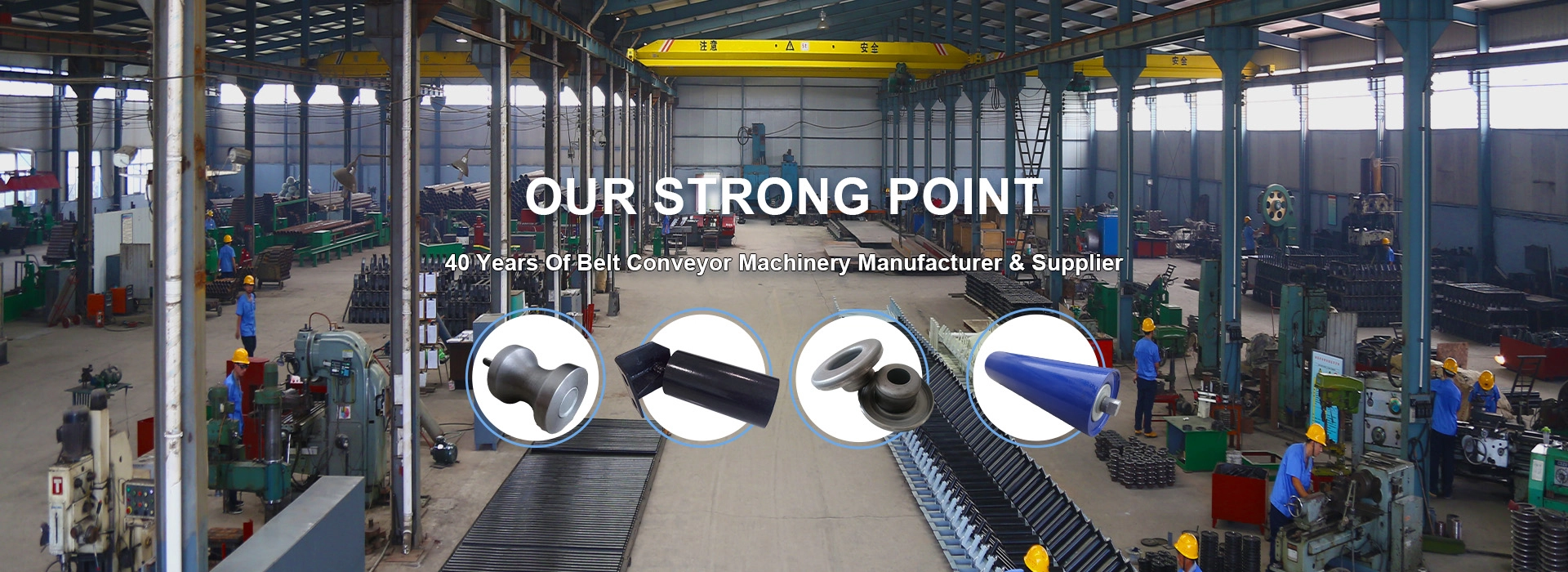 Afrikaans
Afrikaans  Albanian
Albanian  Amharic
Amharic  Arabic
Arabic  Armenian
Armenian  Azerbaijani
Azerbaijani  Basque
Basque  Belarusian
Belarusian  Bengali
Bengali  Bosnian
Bosnian  Bulgarian
Bulgarian  Catalan
Catalan  Cebuano
Cebuano  Corsican
Corsican  Croatian
Croatian  Czech
Czech  Danish
Danish  Dutch
Dutch  English
English  Esperanto
Esperanto  Estonian
Estonian  Finnish
Finnish  French
French  Frisian
Frisian  Galician
Galician  Georgian
Georgian  German
German  Greek
Greek  Gujarati
Gujarati  Haitian Creole
Haitian Creole  hausa
hausa  hawaiian
hawaiian  Hebrew
Hebrew  Hindi
Hindi  Miao
Miao  Hungarian
Hungarian  Icelandic
Icelandic  igbo
igbo  Indonesian
Indonesian  irish
irish  Italian
Italian  Japanese
Japanese  Javanese
Javanese  Kannada
Kannada  kazakh
kazakh  Khmer
Khmer  Rwandese
Rwandese  Korean
Korean  Kurdish
Kurdish  Kyrgyz
Kyrgyz  Lao
Lao  Latin
Latin  Latvian
Latvian  Lithuanian
Lithuanian  Luxembourgish
Luxembourgish  Macedonian
Macedonian  Malgashi
Malgashi  Malay
Malay  Malayalam
Malayalam  Maltese
Maltese  Maori
Maori  Marathi
Marathi  Mongolian
Mongolian  Myanmar
Myanmar  Nepali
Nepali  Norwegian
Norwegian  Norwegian
Norwegian  Occitan
Occitan  Pashto
Pashto  Persian
Persian  Polish
Polish  Portuguese
Portuguese  Punjabi
Punjabi  Romanian
Romanian  Russian
Russian  Samoan
Samoan  Scottish Gaelic
Scottish Gaelic  Serbian
Serbian  Sesotho
Sesotho  Shona
Shona  Sindhi
Sindhi  Sinhala
Sinhala  Slovak
Slovak  Slovenian
Slovenian  Somali
Somali  Spanish
Spanish  Sundanese
Sundanese  Swahili
Swahili  Swedish
Swedish  Tagalog
Tagalog  Tajik
Tajik  Tamil
Tamil  Tatar
Tatar  Telugu
Telugu  Thai
Thai  Turkish
Turkish  Turkmen
Turkmen  Ukrainian
Ukrainian  Urdu
Urdu  Uighur
Uighur  Uzbek
Uzbek  Vietnamese
Vietnamese  Welsh
Welsh  Bantu
Bantu  Yiddish
Yiddish  Yoruba
Yoruba  Zulu
Zulu belt conveyor roller
The Essential Role of Belt Conveyor Rollers in Material Handling
Belt conveyor systems are an integral part of many industrial processes, providing an efficient and reliable method for transporting materials across various distances. At the heart of these conveyor systems lies the conveyor roller, a crucial component responsible for supporting and guiding the conveyor belt. Understanding the design, functionality, and impact of belt conveyor rollers can enhance the efficiency and longevity of any material handling system.
What Are Belt Conveyor Rollers?
Belt conveyor rollers are cylindrical components that form the backbone of a conveyor system. They are typically mounted on frames and are used to support the weight of the conveyor belt, as well as the materials being transported. These rollers ensure smooth belt movement, reduce friction, and minimize wear and tear on the belt, ultimately extending its life.
Manufactured from various materials such as steel, polypropylene, and rubber, conveyor rollers come in different shapes and sizes to cater to specific needs. The choice of material often depends on factors such as the weight and type of materials being transported, environmental conditions, and the required durability of the roller.
Types of Conveyor Rollers
There are several types of conveyor rollers, each designed for specific applications
. The most common types include1. Carrying Rollers These are the primary support rollers and are essential for carrying the weight of the conveyor belt and its load. They are usually installed at various intervals along the conveyor to provide support.
2. Return Rollers Positioned on the return side of the conveyor, these rollers help guide the belt back to the loading point after the materials have been discharged.
belt conveyor roller

3. Impact Rollers Designed to absorb shock and reduce impact on the conveyor belt, impact rollers are often placed in areas where heavy loads are dropped onto the belt.
4. Training Rollers These rollers are adjustable and help in aligning the belt correctly within the conveyor system, preventing issues like belt misalignment, which can lead to excessive wear or belt failure.
Importance of Quality in Conveyor Rollers
The quality of conveyor rollers plays a vital role in the overall efficiency of a material handling system. High-quality rollers can significantly reduce operational costs by minimizing friction and wear on the conveyor belt. This reduction leads to less frequent replacements of the belt and rollers, ultimately lowering maintenance costs.
Moreover, quality rollers enhance the reliability of the conveyor system, ensuring that materials are transported smoothly and efficiently. This reliability is critical in industries such as mining, manufacturing, and logistics, where delays can lead to significant financial losses.
Maintenance and Care
Regular maintenance of conveyor rollers is essential to prolong their lifespan and maintain optimal performance. Operators should conduct routine inspections to check for wear, misalignment, and other potential issues. Greasing bearings, cleaning the rollers, and replacing damaged components promptly can prevent costly downtime and enhance the operational efficiency of the entire conveyor system.
Conclusion
Belt conveyor rollers are indispensable components of conveyor systems, playing a critical role in the efficient handling of materials across various industries. By understanding their function and importance, businesses can make informed decisions regarding the selection and maintenance of these vital components. Investing in high-quality rollers and implementing a rigorous maintenance regime will ensure longevity, reliability, and optimal performance of conveyor systems, ultimately contributing to better productivity and profitability in material handling operations.
-
Revolutionizing Conveyor Reliability with Advanced Rubber Lagging PulleysNewsJul.22,2025
-
Powering Precision and Durability with Expert Manufacturers of Conveyor ComponentsNewsJul.22,2025
-
Optimizing Conveyor Systems with Advanced Conveyor AccessoriesNewsJul.22,2025
-
Maximize Conveyor Efficiency with Quality Conveyor Idler PulleysNewsJul.22,2025
-
Future-Proof Your Conveyor System with High-Performance Polyurethane RollerNewsJul.22,2025
-
Driving Efficiency Forward with Quality Idlers and RollersNewsJul.22,2025





























